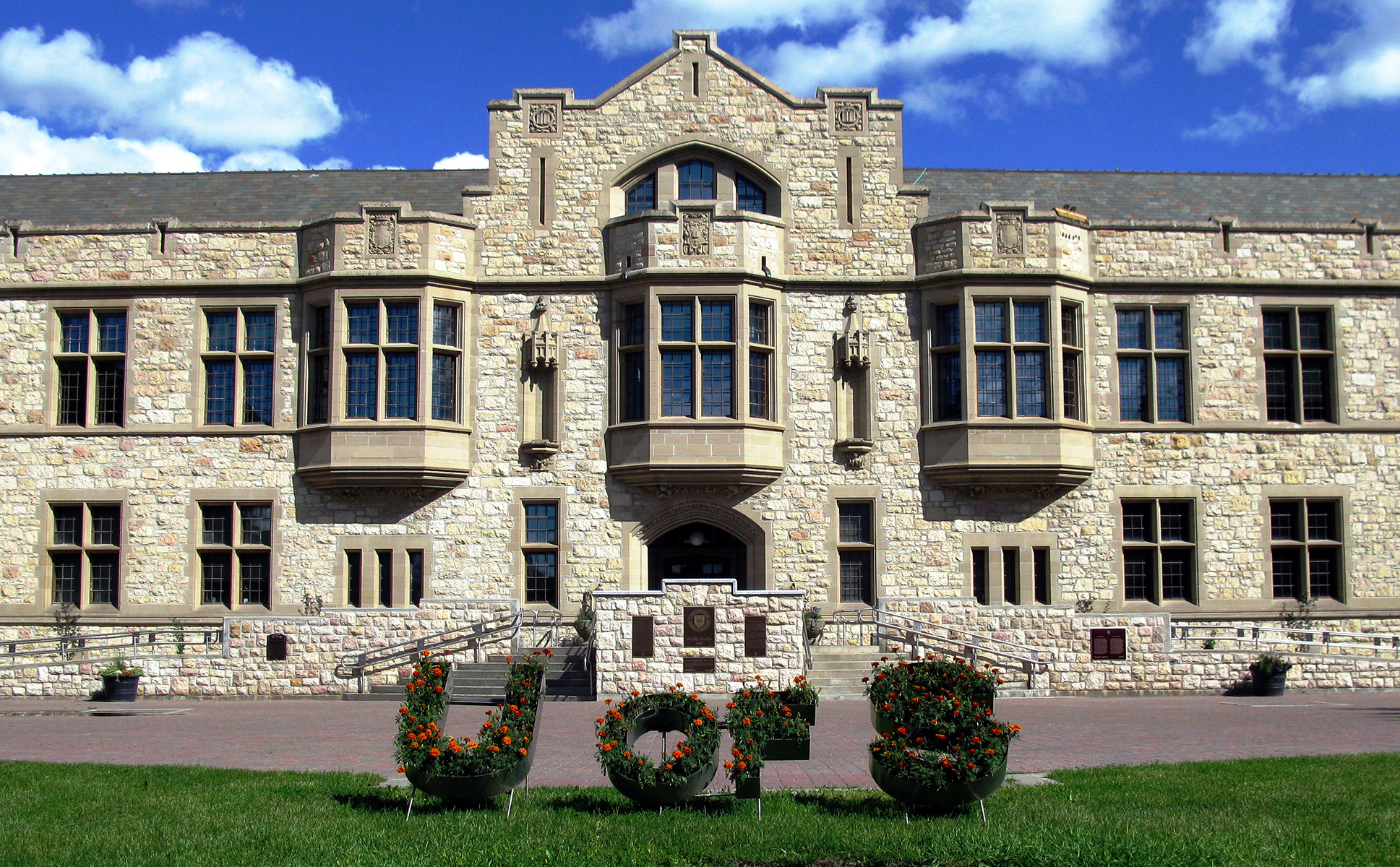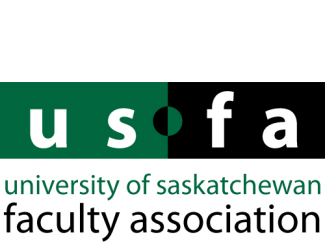Some large organizations create a financial crisis to force institutional change.
Is this what Senior Administrators and the Board of Governors have chosen to do at the University of Saskatchewan?
A common strategy is being used to effect managerial change in public institutions right across North America, if not the world. Using the framework of austerity, institutions announce large structural deficits that produce fear and anxiety amongst those within the institution, with the intention of softening resistance to organizational change. As a consequence, management can impose significant institutional redirection with little, if any, resistance or challenge. All this is done when in fact the so-called financial crisis is constructed from choices about future spending rather than a lack of resources to continue the funding of ongoing activities. It is a deliberate management strategy borrowed from the corporate world in order to allow management to control the agenda. This approach is unnecessary and unacceptable within a University environment.
Is the structural deficit announced by Senior Administrators and the Board of Governors at the University Saskatchewan any different than those claimed elsewhere to achieve organizational change?
Is the structural deficit anything more than a convenient means for Senior Administrators and the Board to wrestle the academic agenda of the institution away from faculty and University Council?
Senior Administrators and the Board of Governors could have chosen a different way to undertake change that is not premised on an austerity agenda and is more appropriate for a University environment. They didn’t.
It’s about choice.
Was the choice by Senior Administrators and the Board of Governors to embark on TransformUS based on need or want?
The announcement of the program prioritization initiative in January 2013 claimed that the “primary motivation in introducing this new process is cost-cutting.”
Is there still a need to march on with the TransformUS process under the guise of a projected $44.5 million deficit when such a deficit may in fact not exist?
- The 2012-13 Operating Budget Summary presented by Senior Administrators and the Board to the University community included a budget with a projected $6.0 million deficit, not the $15.5 million deficit predicted from the Multi-Year Budget.
- The 2012-13 operating budget outcome appears to show a $7 million surplus and not the projected $6.0 million deficit included in the 2012-13 Operating Budget Summary.
- The 2013-14 Operating Budget Summary presented by Senior Administrators and the Board to the University community included a budget with a projected $3.3 million deficit, not the $23.5 million deficit predicted from the Multi-Year Budget.
- The 2013-14 operating budget outcome appears to show a surplus of $21.1 million and not the projected $3.3 million deficit included in the 2013-14 Operating Budget Summary.
- The 2014-15 detailed operating budget fact sheet shows a $3 million deficit, not the $14.5 million deficit that was part of the 2014-15 Operations Forecast presented by Senior Administrators and the Board to the provincial government.
- The 2015-16 Operations Forecast includes a budget with a projected $7 million deficit, not the $36 million deficit predicted in the Multi-year Budget.
If it takes a deficit of $15 million in the first year of the 3rd Integrated Plan (i.e., 2012-13) to have a $44.5 million deficit in the final year of the plan, and if that projected deficit is significantly less (or non-existent), then it is reasonable to conclude that cutting $20-25 million through TransformUS is unnecessary and inappropriate.
Senior Administrators and the Board of Governors can choose not to cut millions of dollars from the operating budget of the University based on updated financial information. They are not.
It’s about choice.
Have Senior Administrators and the Board of Governors at the U of S chosen to use unrealistic assumptions of government funding to create the appearance of an operating budget shortfall?
When the budget for the third integrated plan was developed, Senior Administrators and the Board of Governors made some assumptions about government funding for the period 2012-13 through 2015-16. They assumed that increases to the base operating budget from the provincial government would be 5.8% for 2012-13, 4.5% for 2013-14, 4% for 2014-15 and 4% for 2015-16. In total, they assumed that increases to the base operating grant received from the provincial government over the 4-year period would be over 20% compounded.
Based on those assumptions, senior administrators developed an equally generous budget with several new initiatives involving a significant amount of base budget (permanent) funds to support those initiatives (e.g., academic priorities fund of $10-12 million per year, student related enhancements of $10-13 million per year and capital renewal at $5 million per year). The proposed budget for the 3rd integrated plan is very aggressive especially in its target to place millions of base budget dollars in the hands of the President’s Committee on Integrated Planning (PCIP), presumably to invest in integrated planning and the institution’s accelerated research agenda. Just prior to the budget request to the provincial government by the University for 2012-13, senior administrators learned that they could expect at most a 2% increase to the operating budget per year over the entire period of the 3rd Integrated Plan. The difference between the actual government funding and the funding assumed by the multi-year operating budget for the 3rd Integrated Plan produces a $44.5 million structural deficit in the operating budget by 2015-16.
In other words, the “financial crisis” results from the fact that the unrealistic assumptions of government funding over the 3rd Integrated Plan cycle are not going to happen (see Multi-Year Operating Budget Framework).
Senior Administrators and the Board of Governors could have chosen to adjust their budgeted spending when they found out about the provincial funding. Instead they chose to keep spending estimates the same and use the appearance of a shortfall to project a deficit.
It’s about choice.
Transform US is the biggest disaster that’s happened to the University of Saskatchewan apart from the Great Depression in the 1930s.” Dr. Jim Miller, U of S History Professor, Canada Research Chair in Native-newcomer Relations and recipient of Canada Council for the Arts Killam Prize, 2014
Photo credit: Kyla Duhamel CC By 2.0


